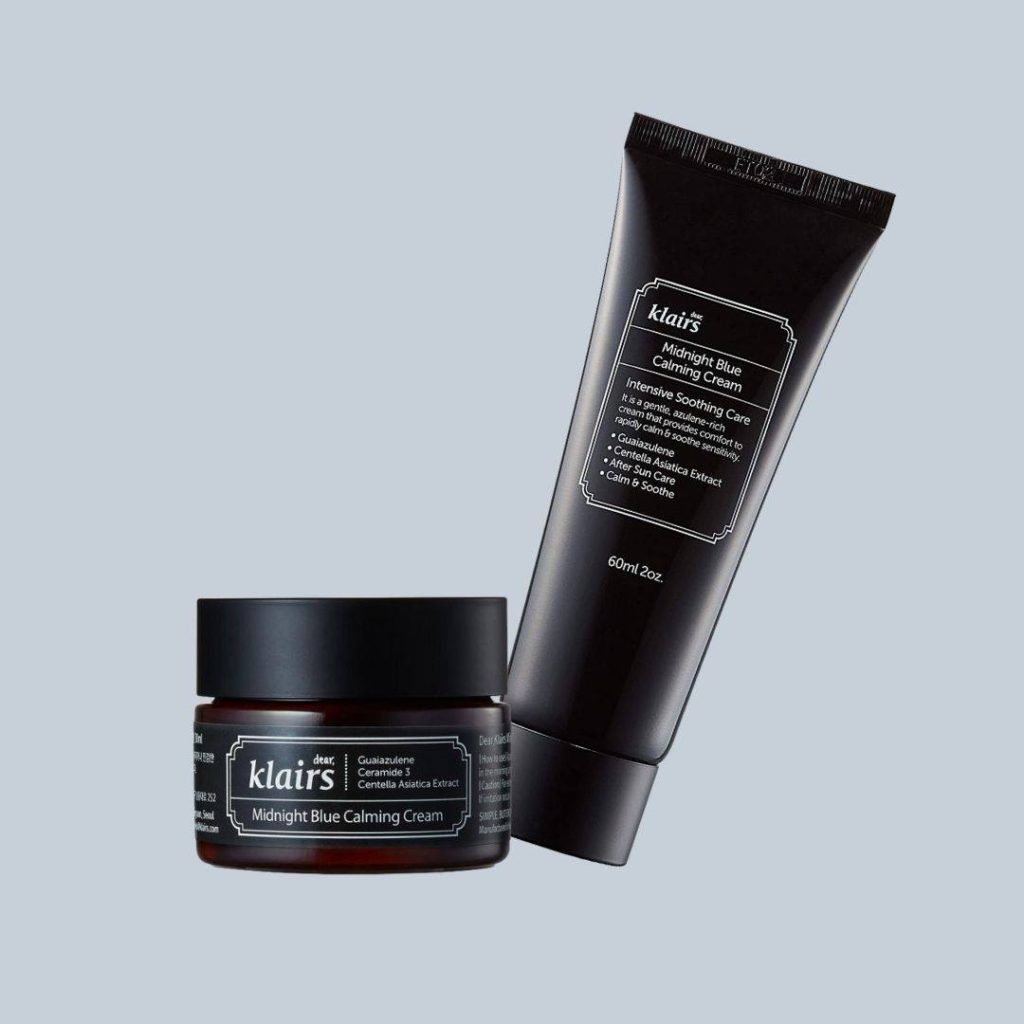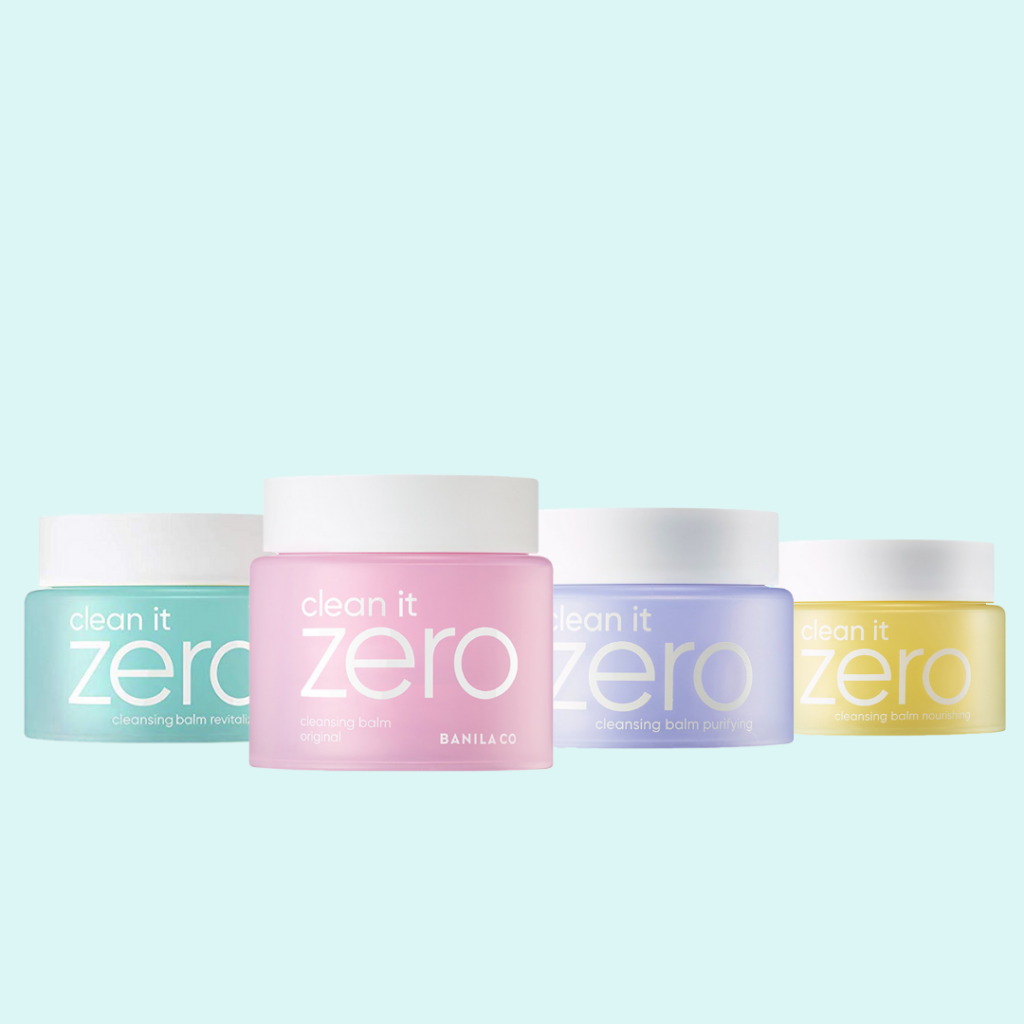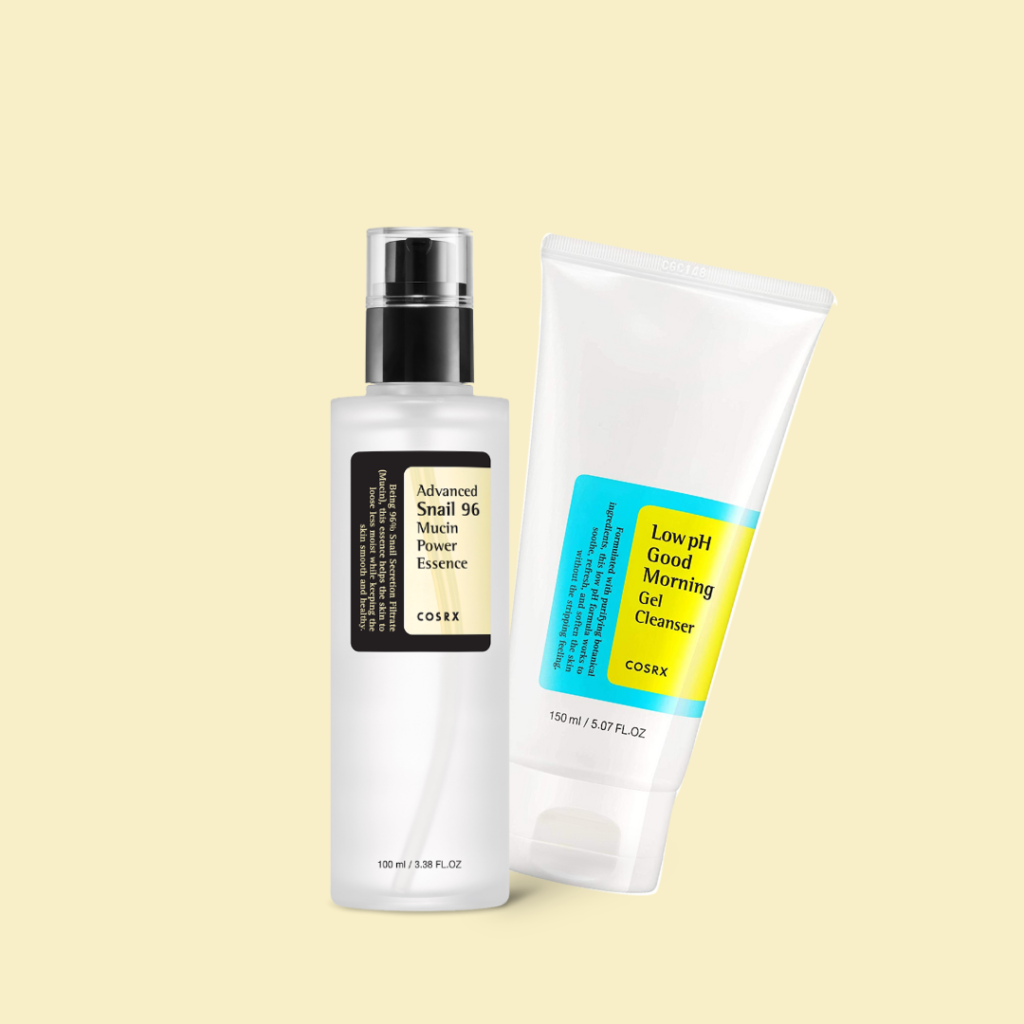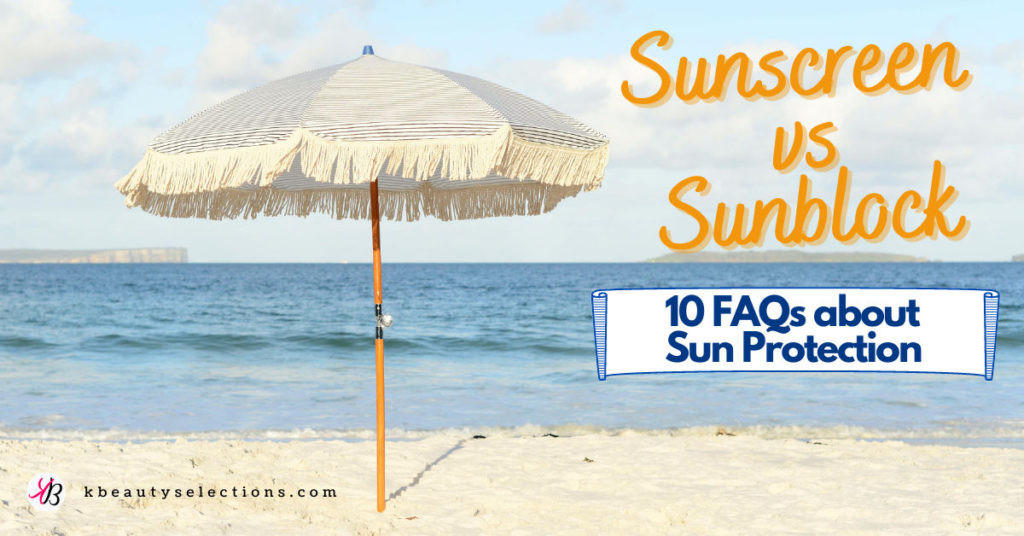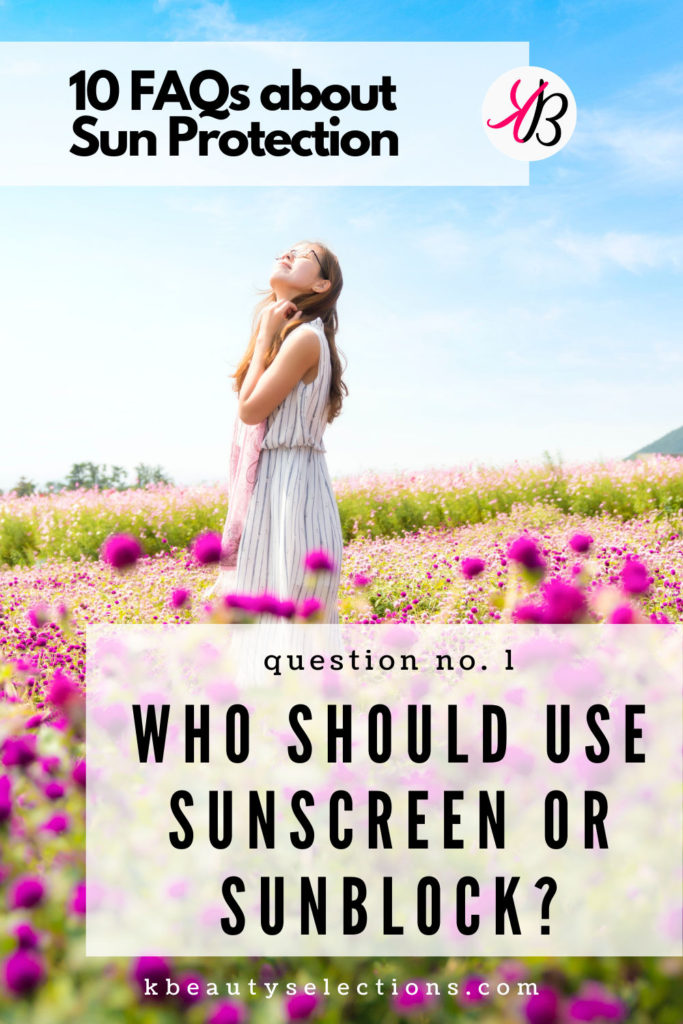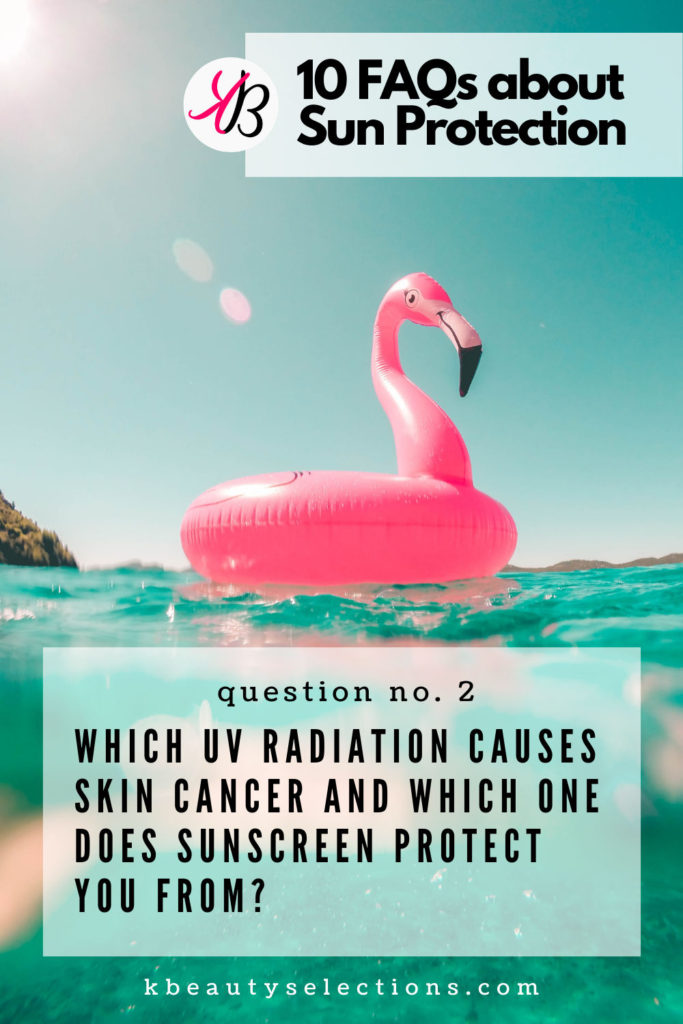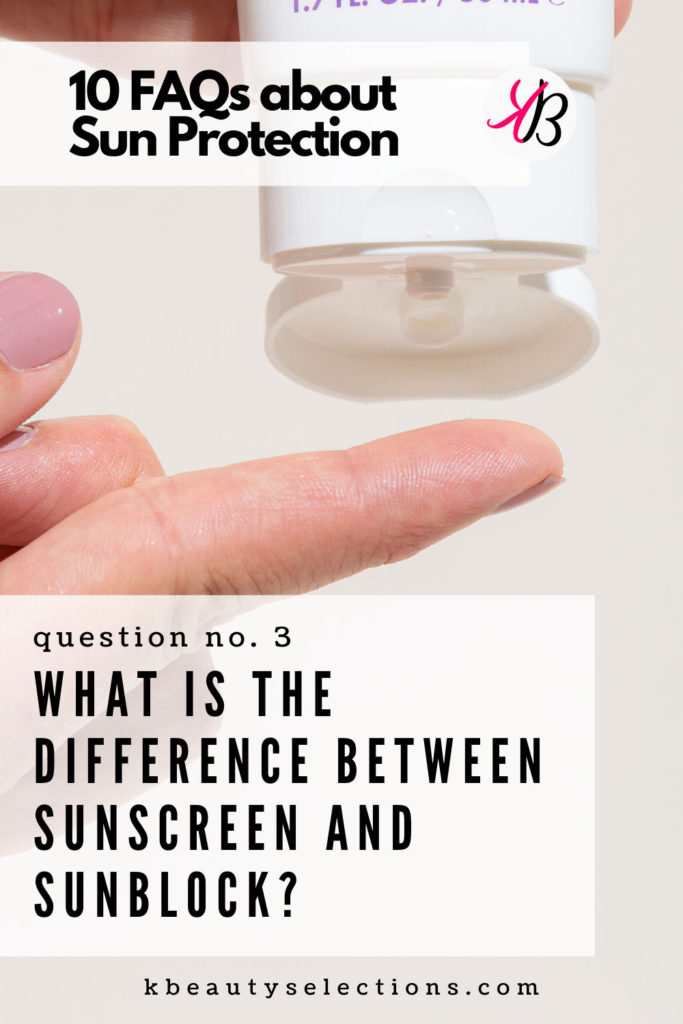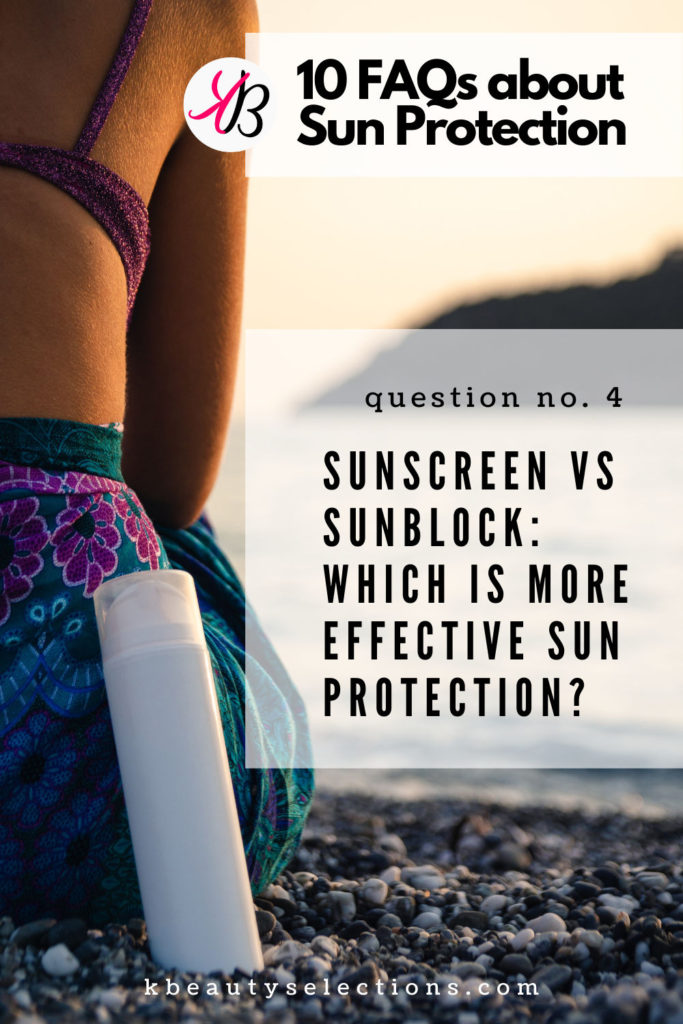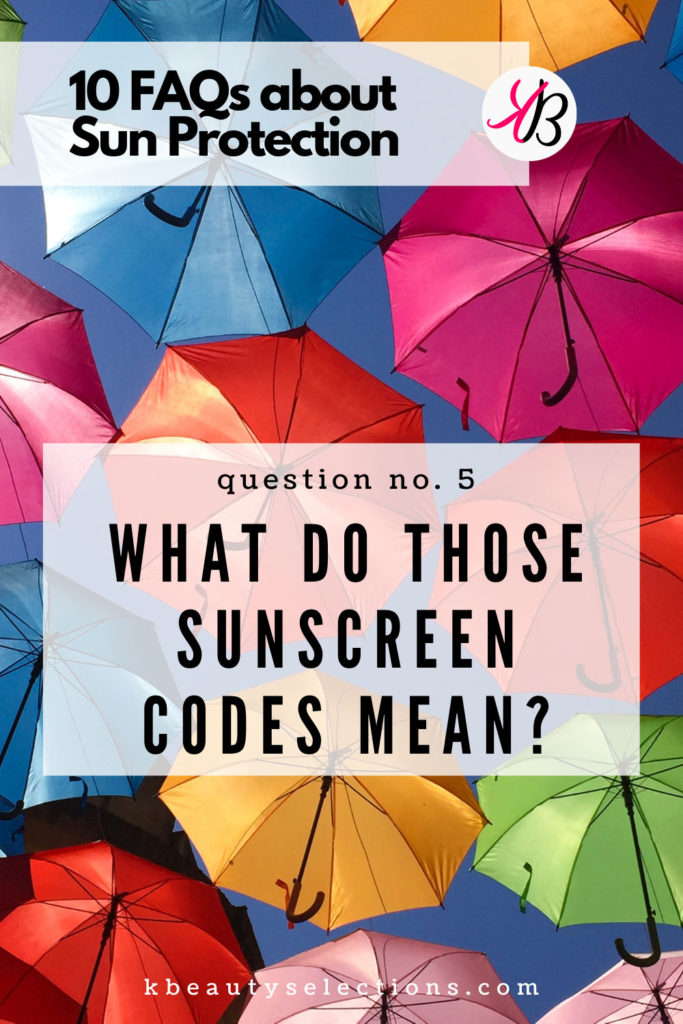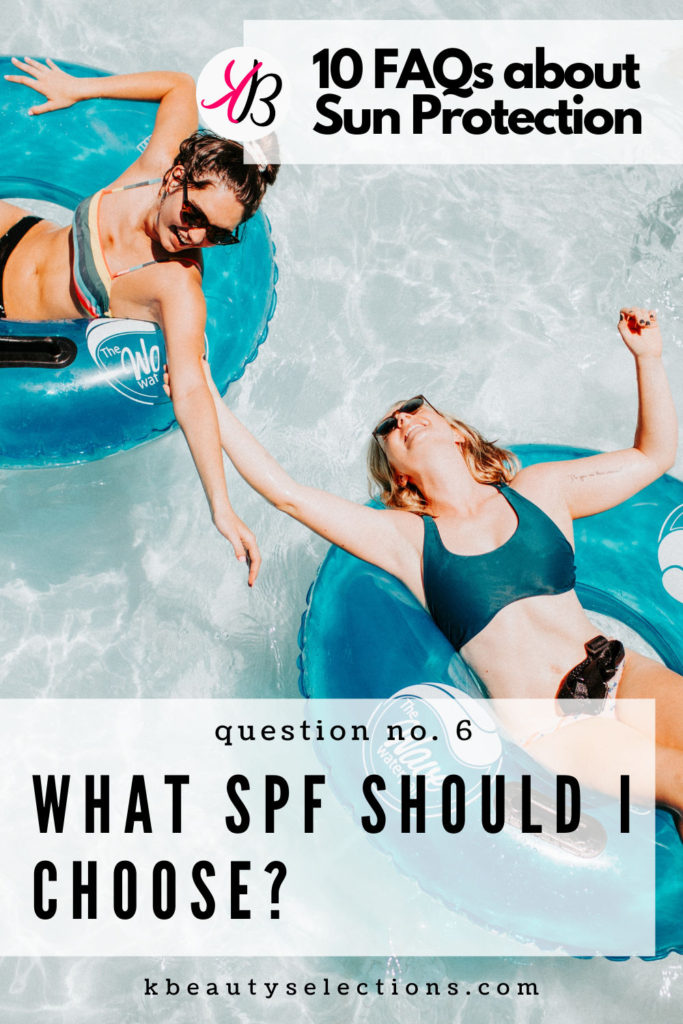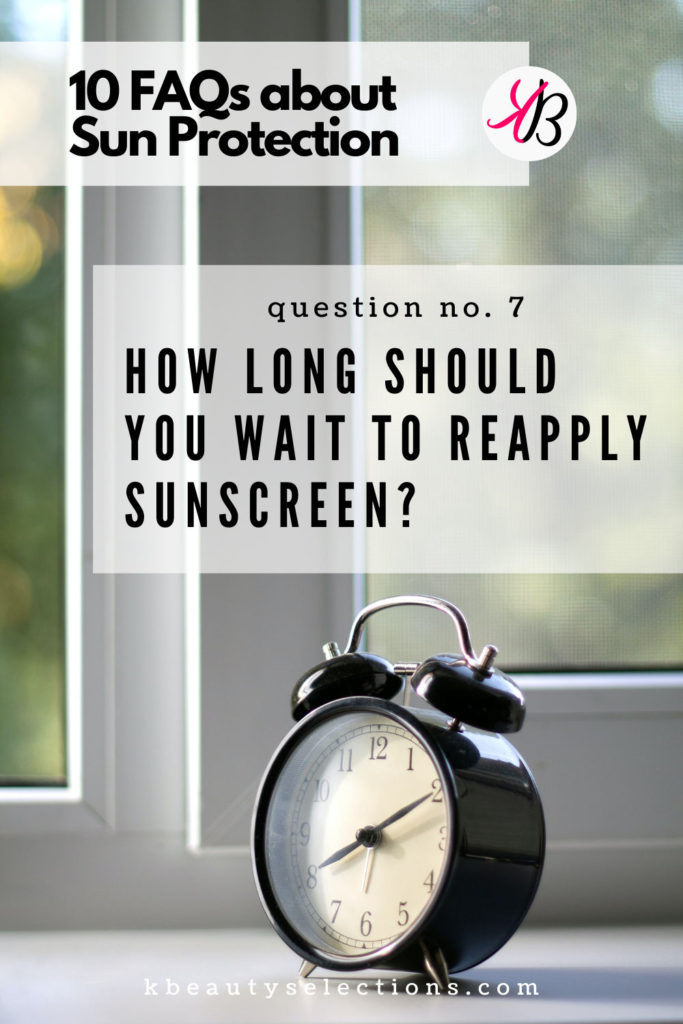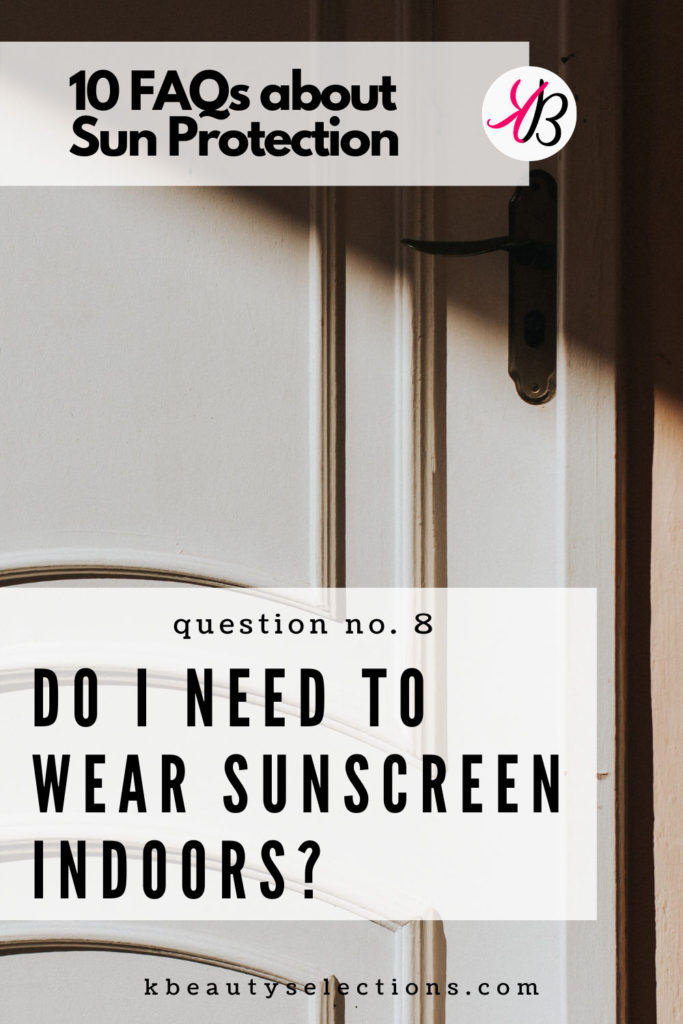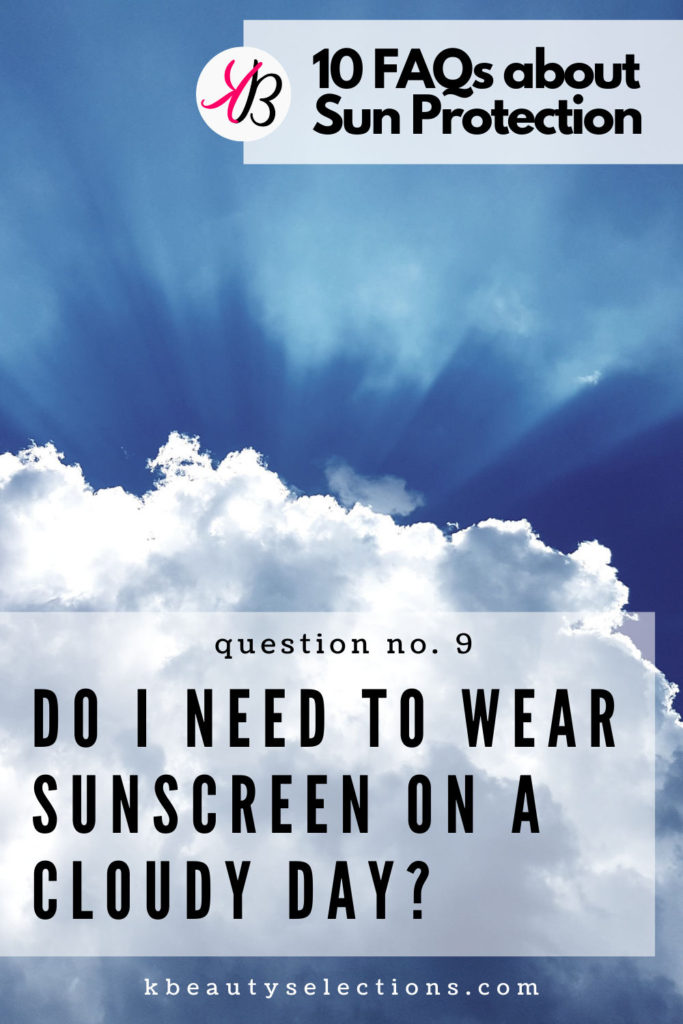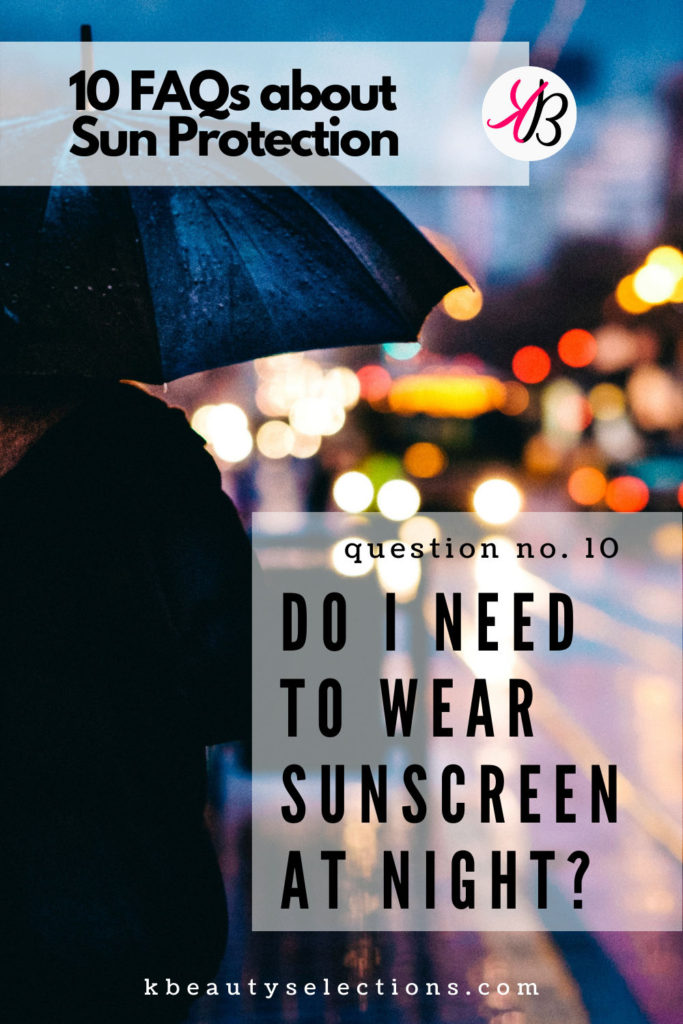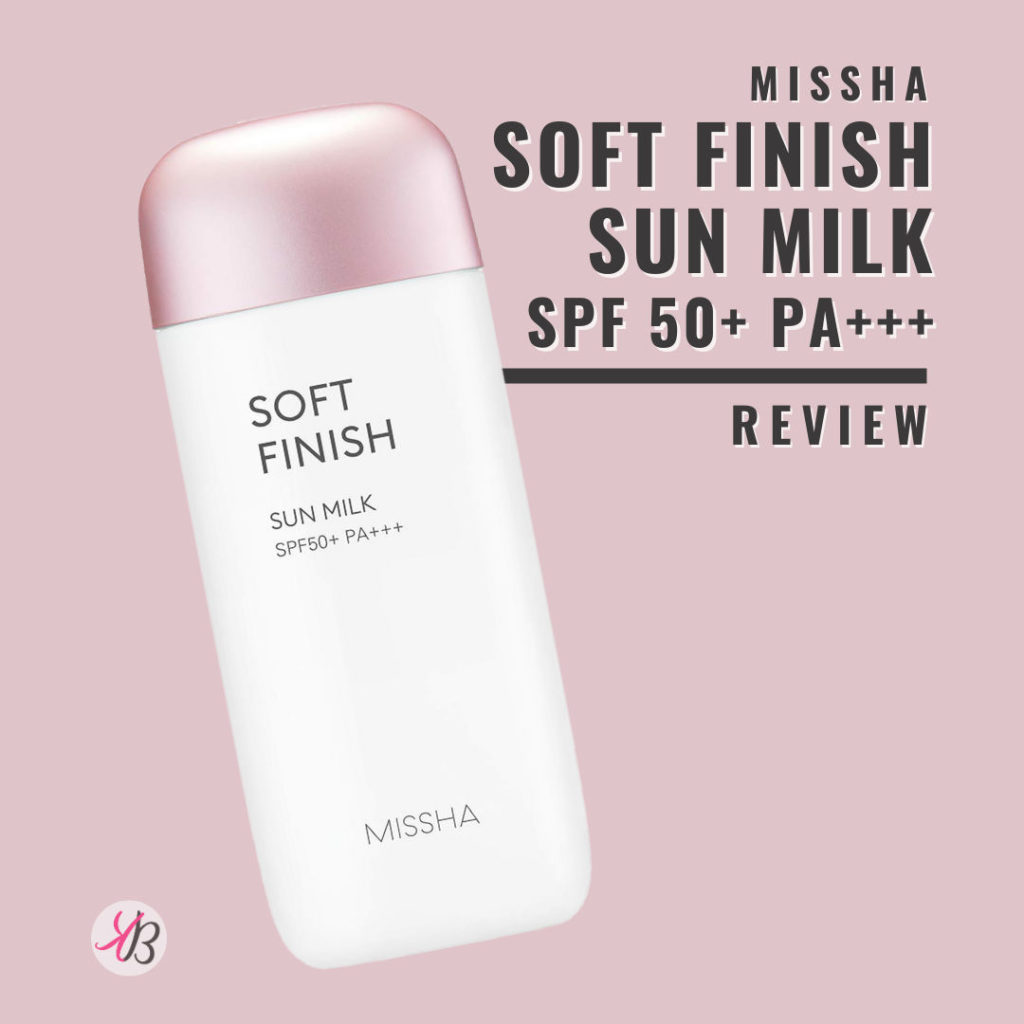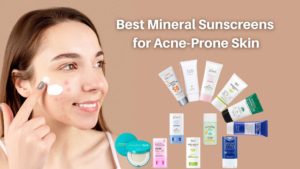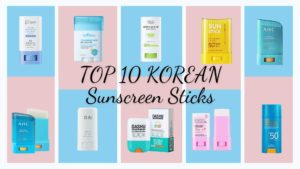When you hear “sunscreen” and “sunblock” we most likely associate these with summer—the season of sun, sand, and sea. But, do these words pop up in your minds when you go on with your regular day, go outside, walk in the streets, hang out in the park, or drive to different places? Many people will likely answer, “No.” Heck, even I was not even using sunscreens until lately, and I regret that I did not use them any sooner.
But, rejoice! Many people are now slowly giving in to skincare expert’s long-time campaign to wear sunscreen even on a regular day. With the emergence of different popular skincare routines, more and more people are accepting that sun protection is indeed a vital last step in caring for your skin. Not only will it protect your skin from damages and premature aging, it most importantly will help you lower your risk of getting skin cancer.
So, if you are new to sunscreens or in need of a refresher course, read on to learn how to incorporate sun protection into your routine.
Who should use sunscreen or sunblock?
Skin experts advise everyone to wear sunscreen. Anyone, regardless of age (excluding babies under 6 months of age; use of cream-based sunscreen is recommended for children over 6 months of age), gender, skin color, or race, needs sun protection.
There are studies that those with fair skin are susceptible to sunburns and have a higher risk of getting skin cancer after UV exposure than those with darker skin. These people need extra precaution and sun protection when going outdoors. However, regardless of skin color, anyone can get sun-damaged skin, sun spots, photoaging, and skin cancer. Hence, sunscreen is still a must for everyone.
Regardless, despite firm recommendations from skin experts to wear sunscreens, many people will still treat this product as a choice. However, there are people who are most certainly can’t skip it. People with certain skin conditions like rosacea and hyperpigmentation are also in dire need of sunscreens. Meanwhile, for those who are using acids in their skincare routines, sunscreens are required.
Which UV radiation causes skin cancer and which one does sunscreen protect you from?
All kinds of UV radiation are human carcinogenic or can cause cancer. Between the UVA and UVB, UVB has higher energy and directly damages the DNA, possibly causing mutations leading to skin cancer. Meanwhile, long exposure to UVA rays may lead to skin cancer because it indirectly damages the DNA structure as well.
Most sunscreens protect the skin from both UVA and UVB. So, aside from covering up, avoiding direct exposure to the sun, and wearing proper sun gear, all skin experts advise everyone to apply and regularly reapply sunscreen.
However, there is another type of UV radiation that is more dangerous than UVA and UVB. UVC is deemed to have the strongest energy among those in the UV spectrum. But you don’t really have to worry much about UVC when you are walking down the street as this is absorbed by the ozone layer and does not reach the earth’s surface.
There are existing artificial sources of UVC radiation. Among these inorganic sources are mercury lamps, lasers, welding torches, germicidal UVC lighting, and some tanning beds. But it is important to note that authorities regulate these machines and are not necessarily dangerous when users handled them properly. So, if you work with such equipment, be sure to wear proper gear and strictly follow handling directions to minimize the risk of exposure.
Meanwhile, organic UV rays from the sun are stronger at certain hours of the day, usually between 10 am and 4 pm when the sun is at its peak. Their strength also depends on the season, distance from the equator, and altitude. UV rays also reflect off different surfaces exposed to sunlight like pavement, snow, water, sand, and grass, so there really is little room to hide.
What is the difference between sunscreen and sunblock?
People often misuse the terms sunscreen and sunblock interchangeably. Both are sun protection but are different in many ways.
Sunscreen (chemical sunscreen) contains organic chemical compounds that produce chemical reactions. These chemical reactions absorb UV light and convert it to heat before it penetrates into the skin. The skin needs to absorb the sunscreen first for it to fully work.
Meanwhile, sunblock (mineral sunscreen) literally blocks the sun’s rays and reflects them by creating a physical barrier. Proper and even application of the product is the key for it to work properly. Usually, it leaves a white cast or even a sticky feeling when applied.
Sunscreen vs sunblock: Which is more effective sun protection?
Whichever between sunscreen and sunblock is more effective is a long-time debate. But, practically, it really depends on your needs.
For instance, if you are going out with friends or simply trying to look pretty with makeup, then you wouldn’t want a thick white cast on your face. Hence, chemical sunscreen may be the better choice here. But, if you are off to the beach to get some sun and sea, you would be better slathering off with layers of sunblock a.k.a. mineral sunscreen. The same goes for those who need extra sun protection like people with rosacea and hyperpigmentation.
Both have their advantages and disadvantages. Sunscreen protects the skin from UVA rays that promote skin damage. However, it can cause irritation or allergic reactions to those with sensitive skin. It is also, undeniably, a cocktail of chemicals that may be unknowingly harmful in the long-term.
On the other hand, sunblock or mineral sunscreen shields the skin from UVB rays that cause sunburn. Since it is a physical sunblock, it will definitely leave a white cast for it to properly shield you from harmful sun rays. The uneven and improper application will also undermine its shielding effects.
Regardless, we are now living in a technically advanced world. There are now many of both types of sun protection that can shield the skin from both UVA and UVB rays, preventing premature aging of the skin. And, whichever you chose, you can never have too much sun protection. The more, the better!
But, between the two, sunblock is more environment-friendly, especially when you use it on the beach. It often has zinc oxide and/or titanium dioxide that are coral-reef safe active ingredients. You might want to take this into consideration the next time you plan to head on to the beach.
What do those sunscreen codes mean?
UVA – Long wave Ultraviolet A (UVA) rays
The ozone layer does not filter UVA rays so approximately 90–99% reaches the earth’s surface. So, there really is no escaping it. It is usually dubbed as a silent killer because unlike UVB, you most likely won’t feel that you are exposed to UVA.
Moreover, UVA rays penetrate deep into the layers of the skin and cause premature skin aging, wrinkling, tanning, and dark spots. It is a major contributor to all types of skin cancer by indirectly causing DNA damage.
UVB – Short wave Ultraviolet B (UVB) rays
UVB rays, unlike UVA rays, are filtered by our ozone layer. Hence, only approximately 1–10% reaches the earth’s surface. It is stronger in places with sunny climates and is more damaging at higher altitudes.
UVB rays burn the upper layers of the skin. It is the main cause of sunburn and visible damage to the skin surface. It also causes skin cancer because it is directly absorbed by DNA and causes structural DNA damage.
PA – Protection Grade of UVA rays
PA plus is the measurement used to indicate protection efficacy from UVA rays. The more “+” signs, the longer protection against UVA rays.
For K-beauty products, here are the meanings behind those PA ratings:
- PA+ = effective
- PA++ = very effective
- PA+++ = highly effective
- PA++++ = extremely high UVA protection
SPF – Sun Protection Factor
SPF is the measurement used to indicate protection efficacy from UVB rays. The higher the number means the longer protection against UVB.
In simple terms, SPF measures the time that it will take before you get sunburned without sunscreen versus the time it takes when wearing sunscreen.
- SPF 15 product blocks about 94% of UVB rays
- SPF 30 product blocks 97% of UVB rays
- SPF 45 product blocks about 98% of UVB rays
But yeah, it is still great that brands do their best to improve the efficacy of their products. After all, we all want the best for our skin, right?
Broad-spectrum Protection
Sunscreens labeled with “broad-spectrum” means that it protects skin against both UVA and UVB rays. This label is usually found on sun protection products from the US and Canada.
Water-resistant
When in the water, the effectiveness of the sunscreen product will last around 40 to 80 minutes before you need to reapply.
What SPF should I choose?
When you are going out under the sun, the sunscreen that you should use should have a minimum of SPF 30. If you are staying indoors, SPF 15 is enough. These recommendations are acceptable given that the sunscreen that you will choose is properly tested and proven to have the correct SPF ratings. Hence, a little research and reading of user reviews and studies will help you decide what product you should purchase.
Nevertheless, for better sun protection (and peace of mind), choosing higher SPF is great too.
Here are some Top Korean Sunscreens with Verified SPF Claims (2021) that you can choose from.
How long should you wait to reapply sunscreen?
You should reapply sunscreen every 2 hours (when outdoors) to 4 hours regardless of the SPF rating and most especially after sweating or doing water activities. Applying sunscreen once in the morning is not enough. Moreover, you should also wait for at least 20 minutes for the product to set after application before you head out into the sun.
Do I need to wear sunscreen indoors?
Yes, as long as there is daylight outside, you should wear sunscreen even when you are indoors. This is mainly because UVA rays can penetrate glass. Unless, of course, if you are staying inside a room without windows or any source of sunlight the whole day, then I guess you are fine without it.
Do I need to wear sunscreen on a cloudy day?
Yes, UV rays can still penetrate the clouds. Likewise, these also bounce off surfaces like water, walls, and pavement, so there is a higher risk of exposure. In fact, if you live in countries that experience winter, have you ever get hot, reddish cheeks when you are out in the cold snow at day time? UV rays reflect on the snow and actually intensifies, getting all your exposed skin burning quickly despite the cold weather. Given that UV rays intensifies in elevated places and snowy areas, skiers should really need to put on layers of sunscreen to prevent sunburns before sliding down the icy slopes.
Do I need to wear sunscreen at night?
No, there is no need to wear sunscreen at night. You don’t need to fight the enemy when it is not there, right? Also, doing so might cause clogged pores and acne breakouts—making more enemies.
In fact, many K-beauty gurus advise that you double-cleanse (use oil-based cleansers then follow-through with water-based cleansers) in order to fully remove water-resistant sunscreen products. This way, you will effectively unclog pores from oil-based impurities like sebum, as well as sunscreen residues.
Important note
Many countries, which includes United States, Australia, and European countries, banned the use of the term “sunblock” in sun protection packaging. This is mainly because it gives consumers a false sense of protection and a wrong idea of how the product works. The premise is that nothing can ever fully block the sun. Instead, brands now use the terms “mineral sunscreen” or “physical sunscreen” to differentiate it from chemical sunscreens.
These countries also do not permit the use of “waterproof” and “sweatproof” since these are not entirely true. Sunscreens can only resist water and sweat for only a period of time. Hence, they only allow labels of “water-resistant” and “sweat-resistant” for such products with clear descriptions on how you should use the product.
In South Korea, sunscreens are classified as functional cosmetics and follow the Korean measurement standards for UV protection effects (KFDA). K-beauty sunscreens have a maximum allowed SPF of 50+ and must indicate a UVA label using PA plus. It should also clearly indicate if the product is water-resistant or not.
Conclusion
All in all, there really is no valid argument to not wear sunscreen. You can choose to skip it all you want, but it won’t do you any good. You’ll only expose yourself to a higher risk of facing the damaging effects of UV rays. We live in a world that revolves around the sun, and there is no escaping it.
So better slather off with that sunscreen, and embrace the sun with no regrets!
In connection with the recent sunscreen controversy, here’s the list of approved sunscreens with valid SPF claims.
Here are some K-beauty sunscreens that we recommend (Disclaimer: We earn affiliate commissions [without added cost to you] when you buy through our website):
If you are a beginner in the skincare world, here’s a guide to choosing skincare products.
If you are looking for products that work well together, you can read this article.
Visit our Beauty Blog page for more skincare tips!
Like this article? You might also like...
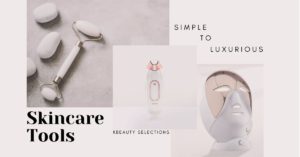
Top Korean Skincare Tools and Where to Find Them
Planning to upgrade your Korean skincare routine? Then, you would need the right tools to get you to your glass skin goals. There are a
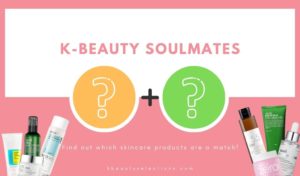
Four of the Best K-Beauty Skincare Product Pairs
The stars might have aligned for these K-beauty products as they spark skincare mana down on us. Most of the time, it takes a few
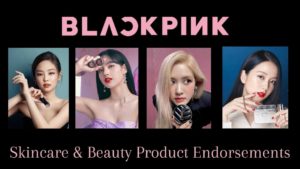
BlackPink’s Skincare And Beauty Product Endorsements
Having gained popularity worldwide, Blackpink is without a doubt one of the largest girl groups nowadays. But the group’s popularity isn’t just limited to their

